Sports Drinks: Are They Worth It?
In 1965 Dr. Robert Cade and his team worked with the University of Florida football team developing a product that would help keep the players going despite the heat. As a result, Cade and his team developed “Gatorade”: a sports drink with a combination of salts (electrolytes), sugars (carbohydrates) and flavors to keep football players going. Since its rise in popularity, many sports teams used Gatorade and other sports drinks, resulting in popularity with the general public. The question is: do professional athletes, and the general public, really need sports drinks?
The first thing to know about these sports drinks, is to know what is actually in these drinks and what that means. Most of these drinks have similar ingredients in the concentrate, and out of all of them, Gatorade is the most popular of the sports drinks and has a relatively simple ingredients list.
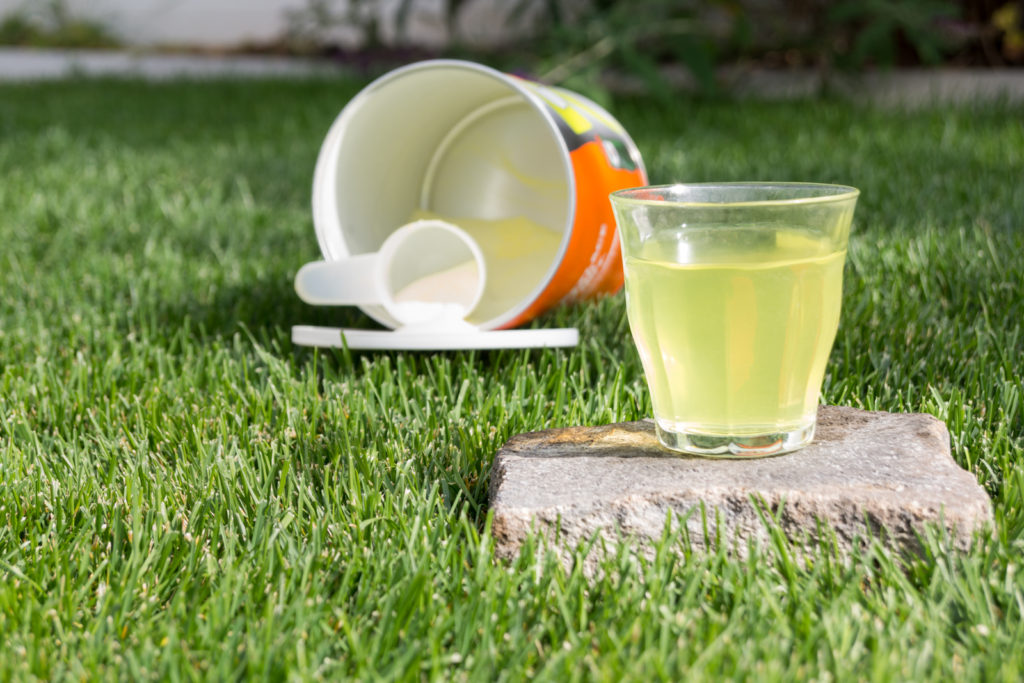 Lemon-Lime Gatorade Ingredients:
Lemon-Lime Gatorade Ingredients:
- Sugar: A granulated substance extracted and processed from a sugar cane or sugar beet. (watch how it’s made here)
- Dextrose: A sugar, similar in chemical composition to glucose produced in the body (source: healthline.com)
- Natural and artificial flavor: a chemical substance meant to resemble flavors (read an article here for more info)
- Salt: see how it’s made here.
- Sodium citrate: another kind of common salt found in most drinks. It acts as a pH buffer and enhances flavors in a drink (read more here.)
- Monopotassium phosphate: Another kind of salt (read more here.)
- Calcium silicate: substance used to keep powders from sticking or clumping together (more info here.)
- Modified food starch: a substance used to make dissolving powder a faster process (full article here.)
- Yellow 5: food coloring, scientifically called tartrazine (read Wikipedia article here.)
Reading a little further into the ingredients, some are pretty scary (calcium silicate is also used as an flame retardant in buildings.) Keep in mind: many of chemical substances on their own are extremely dangerous, but as a solution, can be fine (or as far as the FDA is concerned.) For instance water (hydrogen dioxide) is a perfectly safe substance, but each chemical element is highly explosive. Just because we are uncertain about an ingredient, does not necessarily mean the product is dangerous.
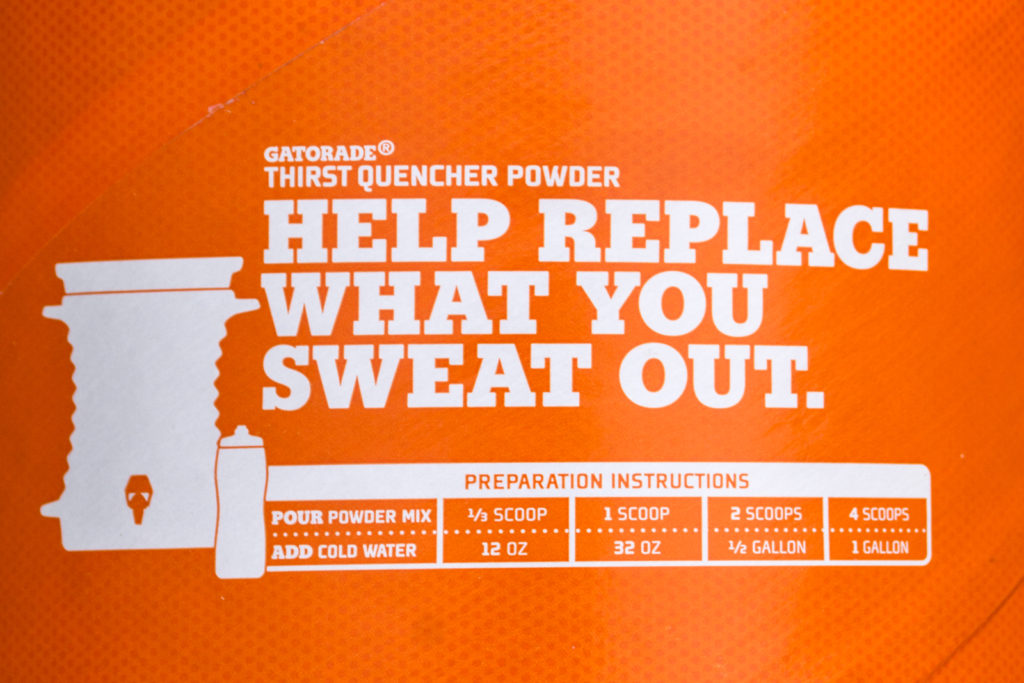 Sports drinks contain a lot of salt; it was part of the reason they were created: to hydrate and to “help replace what you sweat out.” (statement by Gatorade.) However, Gatorade is also used by mothers and doctors as an anti-diarrhetic. A sports drink helps keep athletes from using the restroom as frequently. That sounds like it would be great for a game and it would help keep athletes in the game or in a race, however, the body is already doing that. During exercise, the body is already doing all it can to stop bladder and bowel movements. Adding something more to that can help reduce that even more, but the problem is: a sports drink is no different from a soda because it is a flavored salt drink. A sports drink, at the recommended concentration, could do more damage than good because of its high salt content.
Sports drinks contain a lot of salt; it was part of the reason they were created: to hydrate and to “help replace what you sweat out.” (statement by Gatorade.) However, Gatorade is also used by mothers and doctors as an anti-diarrhetic. A sports drink helps keep athletes from using the restroom as frequently. That sounds like it would be great for a game and it would help keep athletes in the game or in a race, however, the body is already doing that. During exercise, the body is already doing all it can to stop bladder and bowel movements. Adding something more to that can help reduce that even more, but the problem is: a sports drink is no different from a soda because it is a flavored salt drink. A sports drink, at the recommended concentration, could do more damage than good because of its high salt content.
In theory, Gatorade works. It gives the proper amount percentage of salt in sweat to percentage of salt in a drink. In practice, many endurance athletes are discouraged by their coaches to drink any sports drink three hours, or less, before a race. It is because, they usually perform slower and/or get stomach cramps. Cyclists sometimes prefer water over a sports drink, but will keep a small supply handy for longer rides, for replacing the salt and sugars lost while riding.
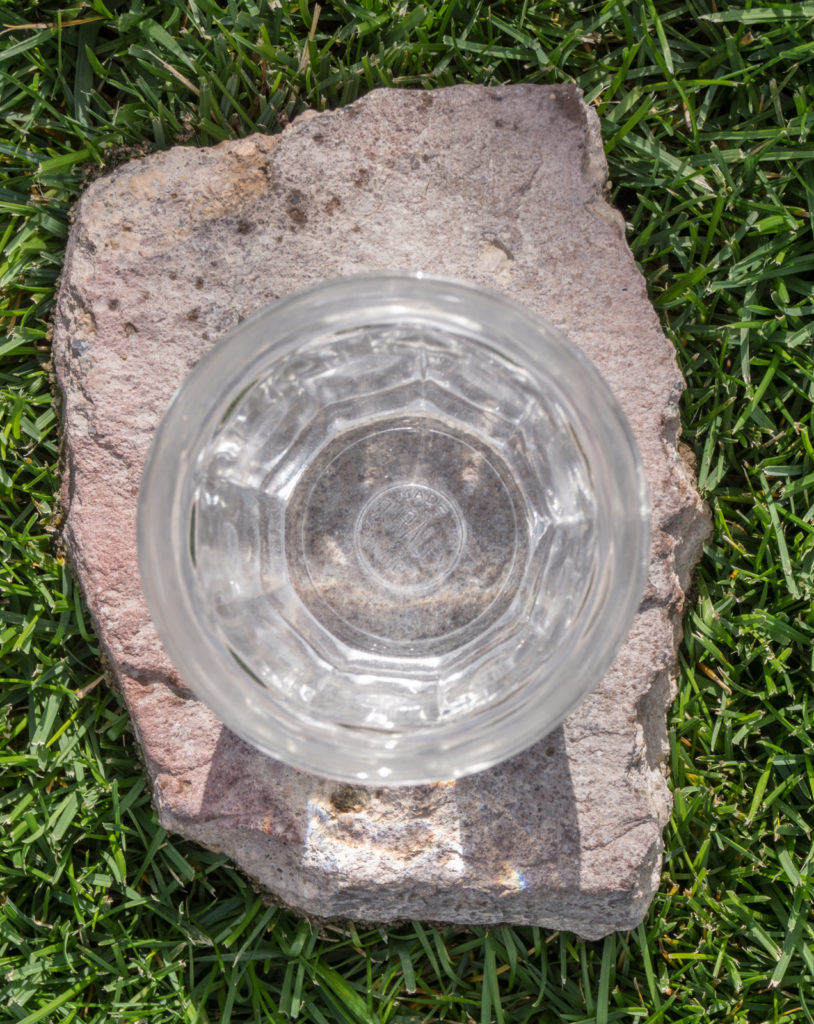
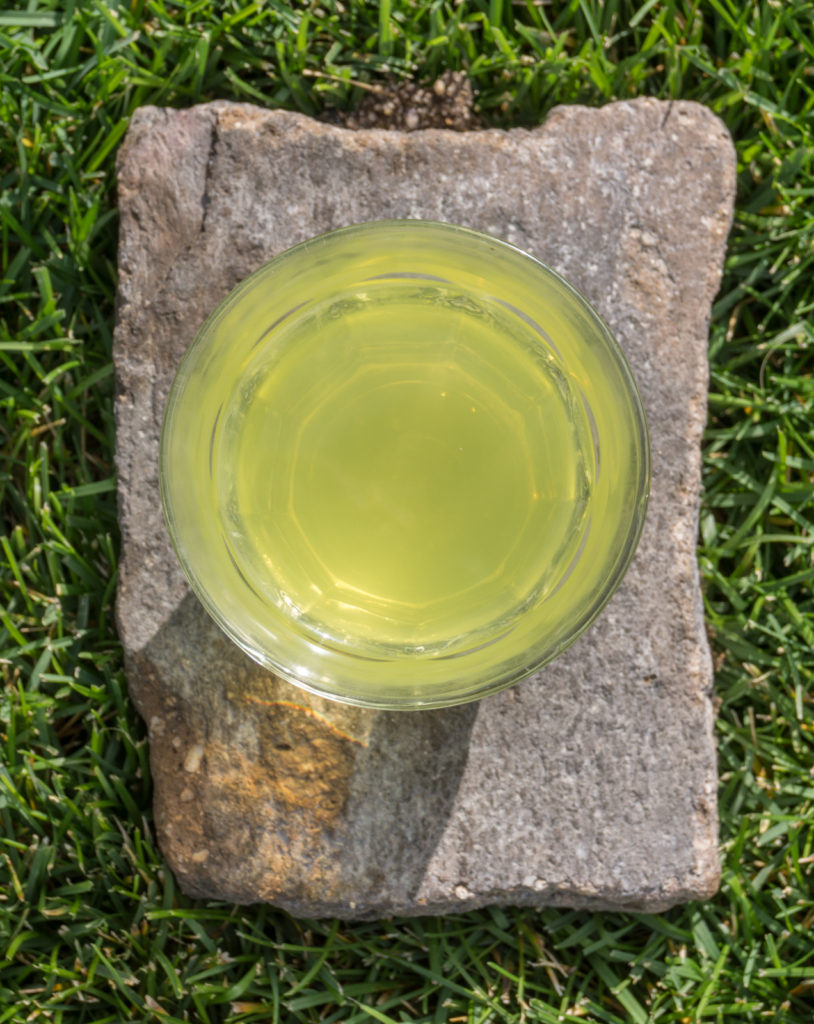 There are healthier options out there. A person may create their own sports drink, or can purchase an organic option. These options will help as a way to add flavor to your ride and not be worried about the chemicals. However, using a sports drink sparingly and defaulting to water is the key objective. Your body needs water more than anything, and staying hydrated is a key principle for during exercise. However, some activities need little-to-no water during your activity. For example, a runner does not need to bring water for a 5-mile run, but it is a good idea to have it ready for after the run. Whereas, a marathon runner will need water, but perhaps a sip of water every couple of miles. They don’t need it as much during the activity, because they may get cramps, so very small amounts will be fine. A cyclist, on the other hand can drink more liquids, as the body is a little more stationary.
There are healthier options out there. A person may create their own sports drink, or can purchase an organic option. These options will help as a way to add flavor to your ride and not be worried about the chemicals. However, using a sports drink sparingly and defaulting to water is the key objective. Your body needs water more than anything, and staying hydrated is a key principle for during exercise. However, some activities need little-to-no water during your activity. For example, a runner does not need to bring water for a 5-mile run, but it is a good idea to have it ready for after the run. Whereas, a marathon runner will need water, but perhaps a sip of water every couple of miles. They don’t need it as much during the activity, because they may get cramps, so very small amounts will be fine. A cyclist, on the other hand can drink more liquids, as the body is a little more stationary.
Whatever you choose to drink for your activities, be smart about it. Try out different things and look to see what works best for you. Comment below on what has helped you the most in your physical activities and how it helped you. Check out for the next post about how to make your own sports drink. Until then, happy adventures!

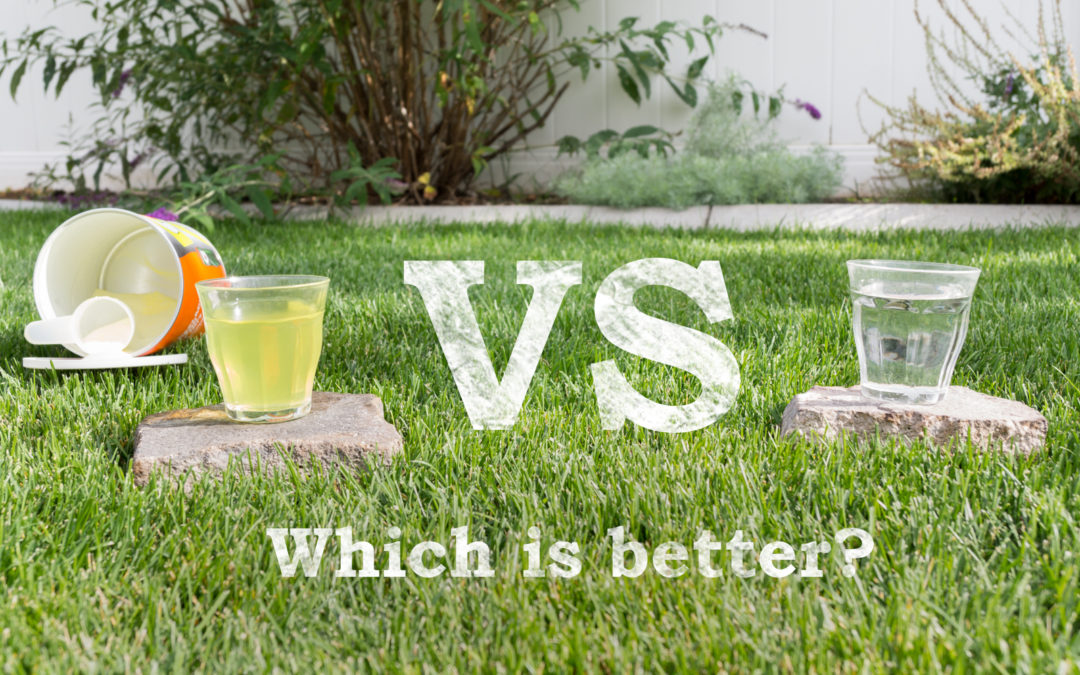
Nice article ! Thank you..
Hello and thank you for this blog is a true inspiration..
Hello! I could have sworn I’ve visited this web site before but after looking at
many of the articles I realized it’s new to me. Nonetheless, I’m definitely delighted
I found it and I’ll be book-marking it and checking back frequently!
Having read this I thought it was very enlightening. I appreciate you taking the time and energy to put this information together.
I once again find myself spending a significant
amount of time both reading and commenting. But so what,
it was still worth it!
or better not to think about it